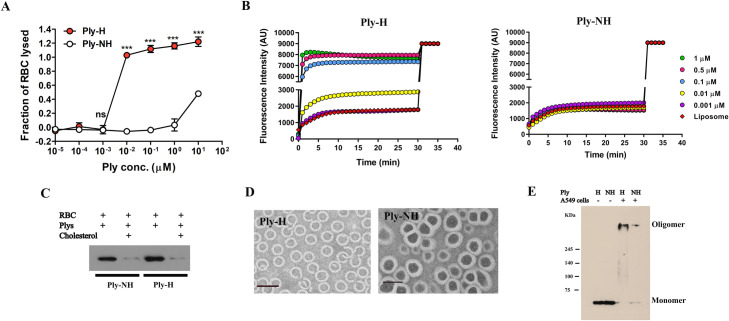Fig 1. Ply-NH can bind and oligomerize on membranes but is incapable of forming pores.
(A) Hemolysis of sheep RBCs by purified recombinant Ply-H and Ply-NH at different concentrations. (B) Kinetics of calcein (hydrodynamic radii ~ 0.74 nm) release from liposomes upon addition of increasing concentrations of Ply-H and Ply-NH indicating the inability of Ply-NH to form pores on membranes. (C) Western blot analysis of Ply-H and Ply-NH (0.01 μM) following incubation with RBC ghost membranes in the presence of cholesterol (50 μM) revealing cholesterol binding ability of both Ply-H and Ply-NH. (D) Transmission electron micrograph (TEM) showing assembly and oligomerization of Ply-H and Ply-NH on liposomes. Scale bar: 50 nm. (E) Visualization of Ply-H and Ply-NH oligomers on A549 cells using SDS-PAGE (5%) followed by immuno-blotting. Higher order oligomers and monomers were observed in samples of A549 cells (106) treated with either Ply-H or Ply-NH (0.5 μg). Purified Ply-H and Ply-NH without cells were observed as monomers only (53 kDa). Data information: Experiments are performed thrice and data of representative experiments are presented as mean ± SD of triplicate wells (A). Statistical analysis was performed using Student’s two-tailed unpaired t-test (A). ns, non-significant; ***p<0.001.

